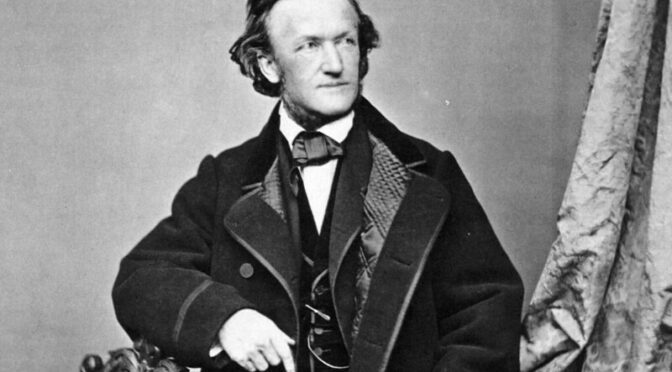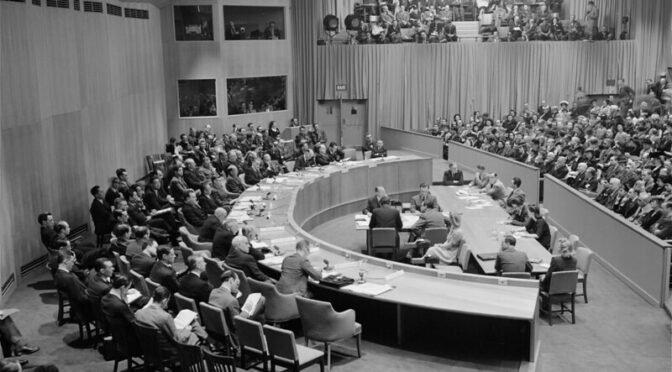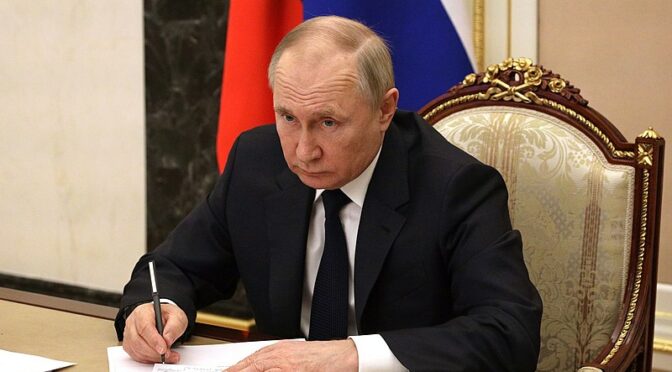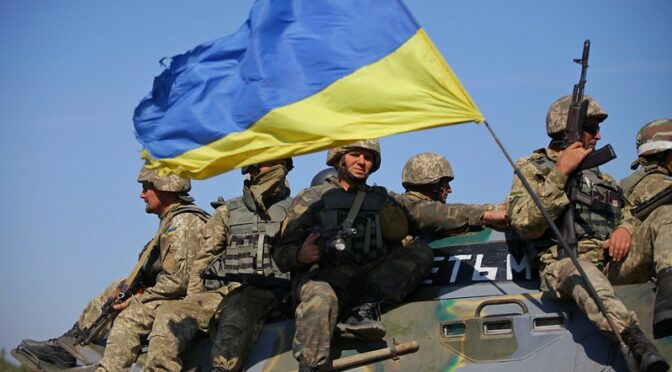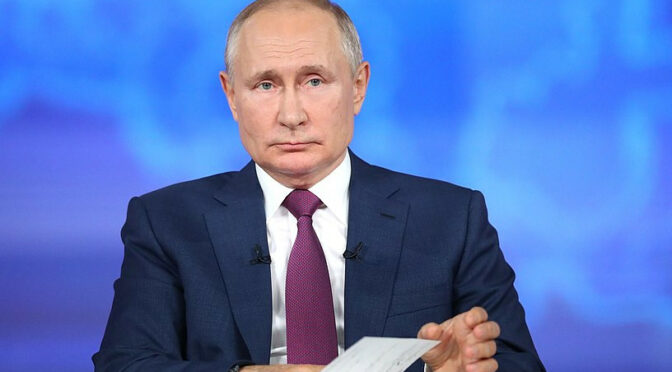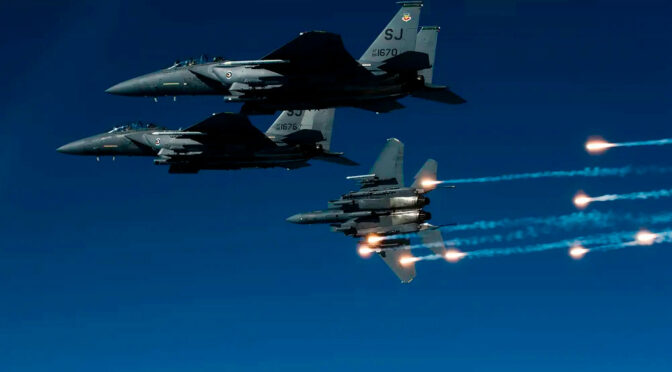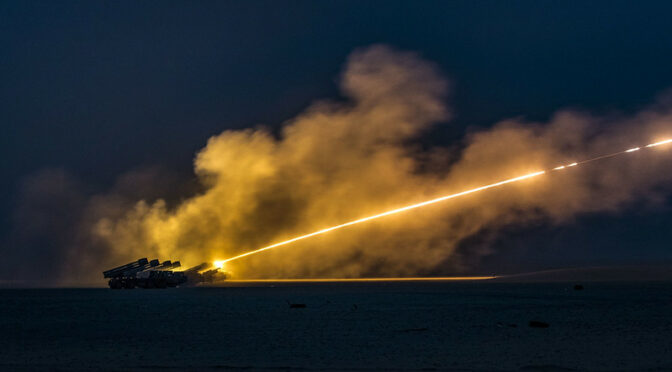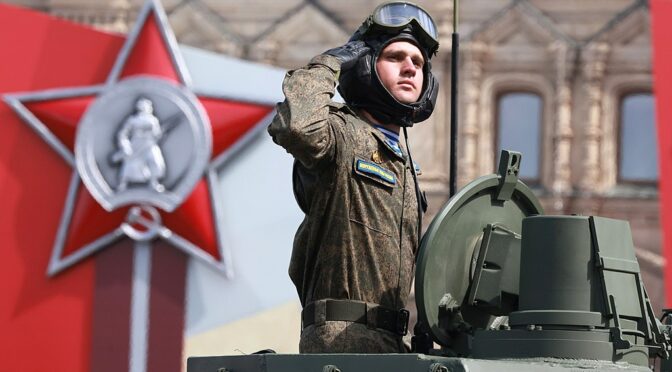Article published in The Daily Telegraph, 4 April 2023. © Richard Kemp
Are we seeing the beginning of a Night of the Long Knives in Russia? In the summer of 1934, Hitler ordered the murder of leaders of the SA, a Nazi private militia that was running out of control and threatening his power. The apparent assassination of Maksim Fomin, aka Vladlen Tartarsky – a vocal pro-war critic of the Kremlin’s handling of the invasion of Ukraine and cheerleader for the Wagner Group of mercenaries – has been interpreted by some as a shot across the bows of Wagner’s leader Yevgeny Prigozhin.
Prigozhin is sometimes spoken of as a potential successor to Putin and in recent months has frequently crossed swords with Putin’s inner circle, publicly alleging incompetence and even accusing defence minister Sergei Shoigu of treason. This appears to have rattled Putin as well as the military top brass to the extent that the army has been accused of deliberately and needlessly expending Wagner mercenaries’ lives and depriving them of ammunition in order to clip their wings and even get rid of them.
Now the UK Ministry of Defence reports that Russia is looking to sponsor and develop alternative private military companies (PMC) to replace Wagner in Ukraine. Wagner, with 30,000-50,000 fighters in the country, has been essential to Putin’s faltering war effort, undertaking missions the regular army wouldn’t do, and so the apparent moves against the group indicate just how great a threat Putin must believe Prigozhin poses.
Wagner will not be easy to replace. Aside from its activities in Ukraine, its web, entwined with Russian foreign and economic policy, extends from Syria to Africa, Europe to Latin America. It was fed and engorged by this war, and has arguably become too large to eradicate entirely.
Yet while Putin may be better off dispensing with private military outfits and the internal risks they represent, they bring him many benefits. For one, he knows that past Russian leaders have been Continue reading

